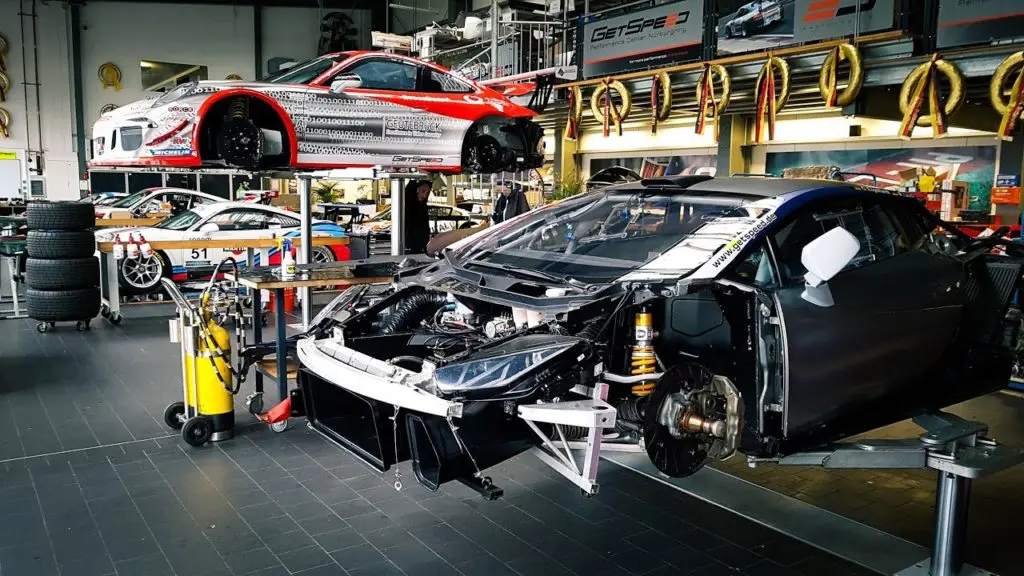Keeping up with the car maintenance is a real drag. We all know that changing the oil every 5,000 miles as well as rotating the tires seems an annoying task. However, paying a little bit of attention in order to keep major repairs at bay is worth it. If you have an older vehicle, you can extend your car’s life is a win.
There is a great need to know that, a little extra effort goes a long way toward curbing the repair costs of vehicle maintenance. Here is the description of some essential maintenance tips that can delay and prevent the need to pay for a big fix to the ride.
Check your spare tire
You need to keep the backup tire inflated as it is the four tires under the car. There is a great need to discover your spare is flat while you are pulling the jack out of your trunk. It is better to spend a dollar on an air pump in order to inflate your spare. You should test the air pressure of your driving tires along with the spare tire once a month. For this purpose, you can visit auto repair Las Vegas in order to get budget-friendly services.
Check Bushings and Ball Joints
Brushings are small rubber components that are responsible to provide cushioning. These components also reduce friction between metal parts of the vehicle. Along with this, ball joints are small mechanisms that provide suspension for the easy move up and down and side-to-side. During every oil change, bear in mind that the mechanic must check every bushing and joint for wear or damage. Some of the modern vehicles come with sealed joints. However, in older models, there is a need to be lubricated periodically.
Keep the battery clean
Corrosion that looks like white or bluish powder can form on the terminals of the battery. If you are unable to keep them clean, the battery can develop a crack or not function properly by leaving you stranded. There is a great need to know that a quality car battery costs upwards of $100 and a tow runs you even more. However, there is a great need to test the battery twice a year and inspect it for corrosion.
Replace the brake pads
Have you ever heard a squeaking sound when you hit the brakes? If yes, it means that the brake pads could be on their last legs. Bear in consideration that a new set costs more than $300 for all four wheels along with the labor charge. However, being capable to stop before rear-ending is priceless. It is essential to check the brake fluid every time you change the oil to. Make sure that brake fluid is not dark in color. If it is, that means there is a need to change the brake system sooner rather than later.
Pay Attention to Your Temperature Gauge
Another significant for avoiding dangerous overheating is to keep an eye on the temperature gauge. It is displayed on any dashboard. In several newer models, a thermostat icon appears when the engine is hot.
Keep in consideration that if the dashboard indicates that, the engine is overheating, you should stop the vehicle immediately as well as let the engine cool down for 15 minutes. When the car has cooled, you should check the engine coolant level. If the gauge stays in the red zone, don’t continue to drive. Drive it safe and have the car towed to a nearby garage. It is essential to know that driving with a hot engine is one of the most common reasons engines blow or cylinders need to be replaced.
It is fascinating to know that some of the newer models also feature an automatic engine cut-off feature. Once the system’s thermostat reaches a certain point, the car stops as well as cannot be restarted until the car cools down.
Check your spark plugs
Spark plugs are one of the essential car parts that everyone seems to have heard of. If you feel that the engine is giving you trouble, one of the common reasons is the spark plugs. As the engine work is out-of-this-world expensive, swapping out a $15 to $30 spark plug is a small price to pay. It is considered the best solution in order to avoid a major engine overhaul. You should check and change the spark plugs about every 30,000 miles.

